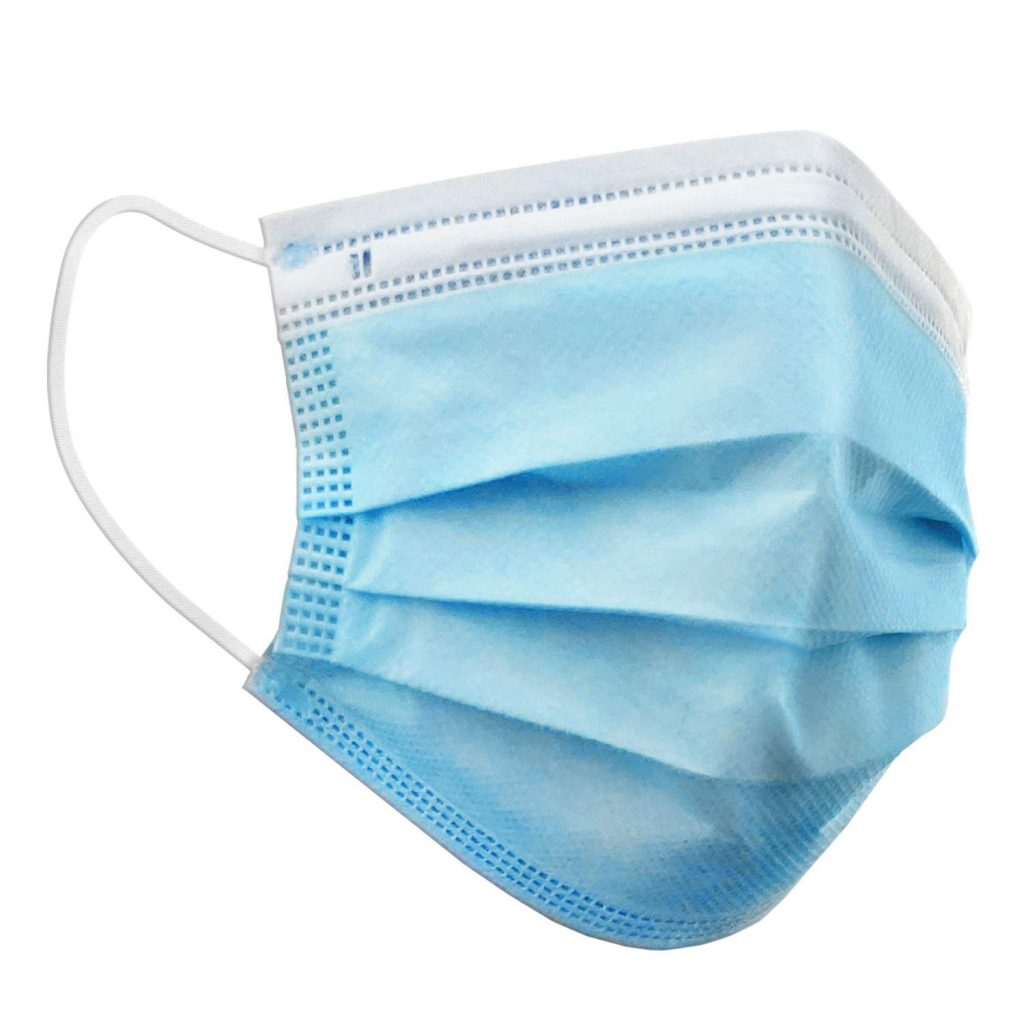On January 20, 2020 the United States was introduced to an ongoing global pandemic which we know as COVID-19. After the first case in the United States was reported, the virus started to spread rapidly throughout the population. By March 2020 the entire country shut down as a defense tactic to reduce the spread of COVID-19. Some of the measures taken to reduce the spread were wearing masks, social distancing, state regulated curfews, non-essential business closure, closure of schools, and temporary stay home orders. As time progressed so did the spread of the virus, eventually concerns and doubt arose from the “effectiveness” of the tactics in place to reduce the spread of the virus. Due to the consistent increase in COVID-19 some concerns arose about the use of masks and how they might be counter-effective in stopping the spread of Covid.

Masks, What you need to know
- People age 2 and older should wear masks in public settings and when around people who don’t live in their household.
- Masks offer some protection to you and are also meant to protect those around you, in case you are unknowingly infected with the virus that causes COVID-19.
- A mask is NOT a substitute for social distancing. Masks should still be worn in addition to staying at least 6 feet apart.
- Wash your hands with soap and water for at least 20 seconds or use hand sanitizer with at least 60% alcohol after touching or removing your mask.
- Masks may not be necessary when you are outside by yourself away from others, or with other people who live in your household. However, some localities may have mask mandates while out in public and these mandates should always be followed.
- CDC is still studying the effectiveness of different types of masks and will update our recommendations as new scientific evidence becomes available.
– Center For Disease Control
Masks in the 1918 Influenza
The 1918 Influenza has taught our society a lot about what works and what doesn’t in order to reduce the spread of covid. However the case with masks is a totally different lesson. During the 1918 Influenza masks were proven to be not useful towards the stop of the spread of the virus. In a comprehensive study published in 1921, Warren T. Vaughn declared “the efficacy of face masks is still open to question.” The problem was human behavior: Masks were used until they were filthy, worn in ways that offered little or no protection, and compulsory laws did not overcome the “failure of cooperation on the part of the public.” Vaughn’s sobering conclusion: “It is safe to say that the face mask as used was a failure.” Even though masks were not effective during the 1918 Influenza , we can learn from the past and especially with the COVID-19 outbreak that we are living through at the moment. What the main problem was during the 1918 Influenza, was that nobody understood why they had to wear the masks and furthermore, masks were worn to prevent sick people spreading the virus instead of everybody wearing their masks to stay safe as a unity. As a closing point for this excerpt , even though masks were being worn it doesn’t mean that the virus wasn’t going to spread. There were still football games going on and the players were wearing masks,, however they were not social distancing which inevitably defeats the entire purpose of wearing a mask.
Effectiveness Of Social Distancing
Another tactic that has been implemented to reduce the spread of Covid-19 is something called Social Distancing. Per the CDC, Social distancing is supposed to reduce the spread of Covid-19 and keep everybody safe. The reason why social distancing was put into effect is because 6ft is the maximum distance another persons bodily fluids can get onto you if they were to cough, sneeze, etc. Per the CDC, social distancing is extremely important not only to everybody but more towards people that are more “prone” to contracting the virus due to underlying health problems such as cancer, asthma, tuberculosis. Covid-19 can live for hours or even days on surfaces if its in the correct temperature to do so. Another part of social distancing is to limit physical contact with others as well as surfaces that are continuously touched by different people like doorknobs, shopping carts, produce at the local shopping center, and most importantly money.
Works Cited
Dudley, James. “COVID-19 Curfews: Understanding Enforcement Expectations.” Police1, 18 Mar. 2020, www.police1.com/coronavirus-covid-19/articles/covid-19-curfews-understanding-enforcement-expectations-pcdK9aVP0uL9Y0dG/.
scroteau@masslive.com, Scott J. Croteau |. “Mask Requirements and Curfews: Some Mass. Communities Enact Orders amid Pandemic.” Masslive, 14 Apr. 2020, www.masslive.com/coronavirus/2020/04/coronavirus-response-curfews-fines-and-mask-requirements-as-some-mass-communities-enact-their-own-measures-to-flatten-the-curve.html.
Ewing, E. Thomas. “Flu Masks Failed In 1918, But We Need Them Now: Health Affairs Blog.” Health Affairs, 12 May 2020, www.healthaffairs.org/do/10.1377/hblog20200508.769108/full/.
CDC. “Social Distancing.” Centers for Disease Control and Prevention, Centers for Disease Control and Prevention, 2020, www.cdc.gov/coronavirus/2019-ncov/prevent-getting-sick/social-distancing.html.
